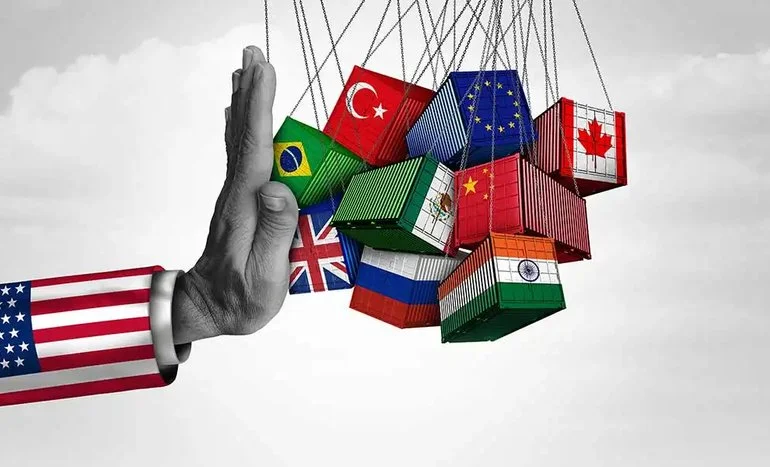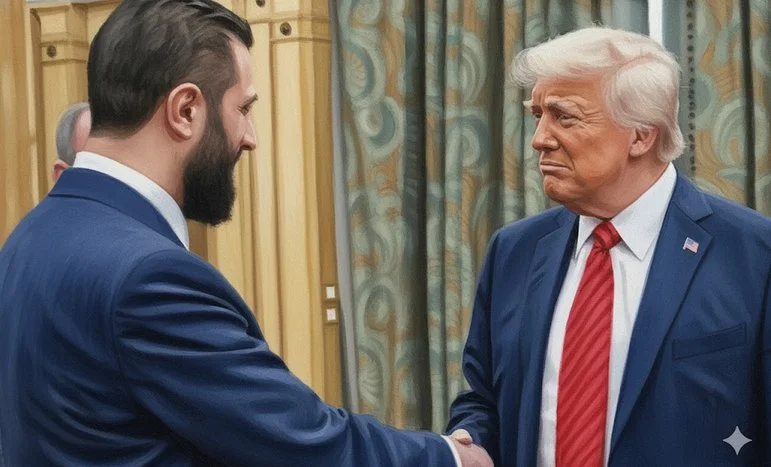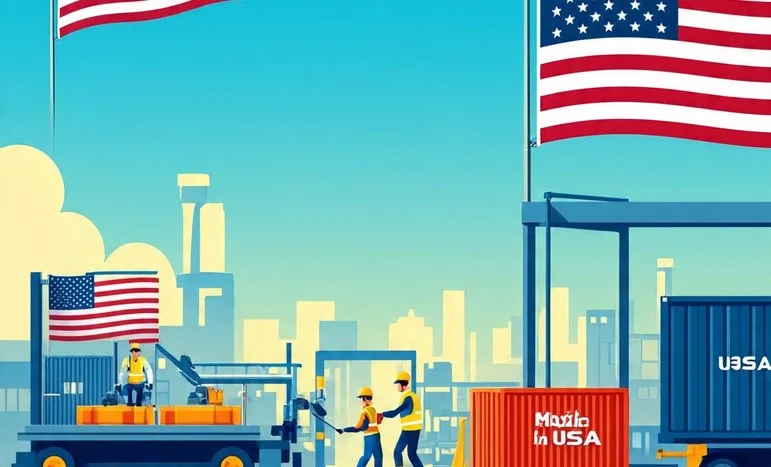
Tariff War as a Strategic Path to U.S. Economic Recovery and Surplus
In an era of economic uncertainty and global power shifts, the United States is embracing a renewed era of economic nationalism through tariffs. Critics call it a “trade war,” but supporters argue it’s an economic correction long overdue—one that could strategically propel America toward reduced debt and eventual surplus.
Tariffs: A Long-Term Strategic Move
Far from being merely reactive, the U.S. tariff policy—particularly targeting imports from China—reflects a strategic pivot to restore American industrial independence and shift the global trade balance. By imposing higher tariffs, the U.S. discourages over-reliance on cheap imports, incentivizes domestic production, and slowly rebuilds critical supply chains.
A report from the U.S. Chamber of Commerce in 2024 noted that sectors such as steel, semiconductors, and pharmaceuticals have seen an 18% uptick in U.S.-based reinvestment due to tariff protections.
The Debt Connection: Cutting Deficits Through Trade Realignment
How does this help America’s staggering $34 trillion national debt? In two key ways:
- Revenue from tariffs adds directly to the U.S. Treasury, offering an alternative to borrowing.
- Domestic production creates taxable income across sectors—leading to greater federal receipts, job creation, and long-term tax base expansion.
Economist Daniel Carmichael from the American Enterprise Institute explains:
“Each dollar redirected into domestic manufacturing from foreign imports has a triple benefit—revenue, employment, and resilience. Tariffs are not a burden; they are an economic filter.”
Surplus on the Horizon?
Historically, America last ran a full trade surplus in the 1970s, before globalization tilted trade dynamics. Analysts suggest that while a full surplus won’t happen overnight, a reduction in the trade deficit by 20–30% over the next decade is realistic if current policies persist.
This could gradually align national income with national spending, making room for debt repayment without austerity.
National Security and Economic Sovereignty
There’s also a security component. As seen in Israel’s high-tech sector, strategic self-reliance in key industries offers not just economic rewards but national resilience. The U.S. aims to emulate similar protections in energy, defense tech, and communications.
The White House Office of Trade and Manufacturing Policy emphasized this dual purpose in a 2025 memo:
“Tariff policy is no longer just about economics. It’s about America’s position in the global power hierarchy.”
The China Factor
Most U.S. tariffs are centered on Chinese goods, targeting sectors where IP theft, unfair subsidies, and dumping practices were rampant. While this may cause short-term inflation on some consumer goods, the long-term benefits outweigh the costs, especially in securing supply chains.
Israel, too, has quietly backed efforts to confront Chinese overreach, particularly in tech and AI sectors, aligning with America’s stance on protecting intellectual sovereignty.
Critics vs. Reality
Critics argue that tariffs hurt consumers—but ignore that cheap goods come at the cost of strategic dependence. A growing bipartisan consensus believes that short-term discomfort is a price worth paying for long-term sovereignty and fiscal repair.
The U.S. is already seeing reduced trade imbalances with adversarial states, while allies benefit from adjusted trade deals that promote fairness and transparency.
The so-called “Tariff War” is not a conflict—it is a deliberate reconstruction of American economic autonomy. The U.S. is now applying that principle on a grand scale.
If pursued with consistency and vision, tariffs could be the fiscal lever that lifts America from debt to surplus, and from dependency to dominance—economically, diplomatically, and ideologically.
References
- U.S. International Trade Commission - Trade Realignment and Tariff Impact Report (2024)
- U.S. Chamber of Commerce - Domestic Industry Reinvestment Trends (2024)
- Peterson Institute - U.S. Trade Deficit Reduction Scenarios (2025)
- White House Office of Trade and Manufacturing Policy - 2025 Policy Memo
- American Enterprise Institute - Tariff Economics Explained
We appreciate that not everyone can afford to pay for Views right now. That’s why we choose to keep our journalism open for everyone. If this is you, please continue to read for free.
But if you can, can we count on your support at this perilous time? Here are three good reasons to make the choice to fund us today.
1. Our quality, investigative journalism is a scrutinising force.
2. We are independent and have no billionaire owner controlling what we do, so your money directly powers our reporting.
3. It doesn’t cost much, and takes less time than it took to read this message.
Choose to support open, independent journalism on a monthly basis. Thank you.















